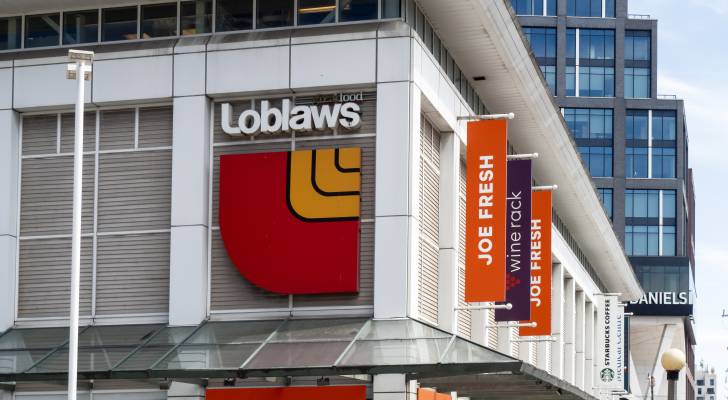The best Canadian alternatives to American tourism destinations

As the trade war between the United States and Canada escalates, both Canadians and sympathetic Americans are searching for ways to support Canadian sovereignty with credit cards in hand. One of the best ways to do so is by buying Canadian — something we’ve covered before — and rebooking vacations in the US to Canadian […]
12 best places to retire in the world

Canadians love to rave (politely) about their country, but with its harsh winter weather and relatively high cost of living, there are some who dream of retiring to a warmer, less expensive climate. Whether you’re thirsting for sun and surf, a lower cost of living or you’re just looking for a new adventure, there’s a […]
Tariff turmoil: Alberta drivers slammed by soaring insurance costs tied to U.S. trade war

President Donald Trump’s tit-for-tat tariff war has led to innumerable impacts, not all of them obvious. For instance, virtually no one predicted how the on-again-off-again U.S. tariffs would impact Alberta’s insurance market. Sadly, that’s exactly what has happenened. The Insurance Bureau of Canada (IBC) recently commissioned Deloitte to undertake an analysis on the impacts of […]
My brother needed grocery money for a few months, so I lent him the cash. He paid me back, but now he’s short again. Should I keep lending him money? Here’s how to offer a ‘responsible’ loan

A few years ago, your brother borrowed money to help pay for groceries for several months, and paid you back. But now, he finds himself short of cash again and you’re not sure whether you want to lend him more money. Wanting to help out a friend or family member when they’re in a financial […]
Ontario man left holding the bag on $62,000 car loan after co-signing for a friend

An Ontario man found out the hard way the responsibilities you take on when you co-sign a loan, and why it’s not a good idea to co-sign a loan for a friend. “I went in as a co-signer and I had no idea that this could happen,” Mississauga resident Shane Brown told CTV News after […]
I’m 65, tired of working and have very little savings — is it possible to live off CPP alone? Yes, but you’ll need to make these 3 big sacrifices

If you plan on retiring and rely primarily on the Canada Pension Plan (CPP) you may have heard you will end up being perpetually cash-strapped. So, does that mean you should stay at your job? Learn to survive on noodles? Or work more to build up savings? To help you decide, you first need to […]
How to choose the best student credit card in Canada

Choosing the right student credit card is an important step for Canadian post-secondary students looking to build credit and manage expenses. With the right card, you can not only establish good financial habits but also earn rewards such as cash back and discounts that support your student lifestyle. Here’s how to find the best student […]
85 million TikTok views say Dave Ramsey’s advice is outdated — young Canadians refuse to sacrifice to get out of debt

Dave Ramsey has fervently preached financial advice to North Americans for decades — but younger generations are now slamming the white-bearded radio host for offering counsel that doesn’t quite account for the current cost-of-living crisis. One frothy example is Ramsey’s repeated attacks on those who spend money to buy their daily cuppa Joe. In a […]
Grocery giant Loblaws drops property restrictions, paving way for lower grocery prices and reshaping investor outlook

In a move hailed as a win for consumer choice and market fairness, Loblaw Companies Ltd. (TSX:L) has announced it will eliminate restrictive property controls that have limited grocery competition in Canada. The Competition Bureau welcomed the decision, calling it a “key milestone” that could help drive down food prices by allowing more retailers to […]
Calgary Stampede: Sheryl Crow, wagyu poutine and a side of rodeo

The Calgary Stampede, running from July 4 to 13, 2025, is not only a cultural celebration, but also a significant economic engine for Alberta. With its blend of world-class entertainment, culinary innovation and community spirit, the event invites residents and visitors to experience the “Greatest Outdoor Show on Earth” — all while fueling downtown restaurants, […]